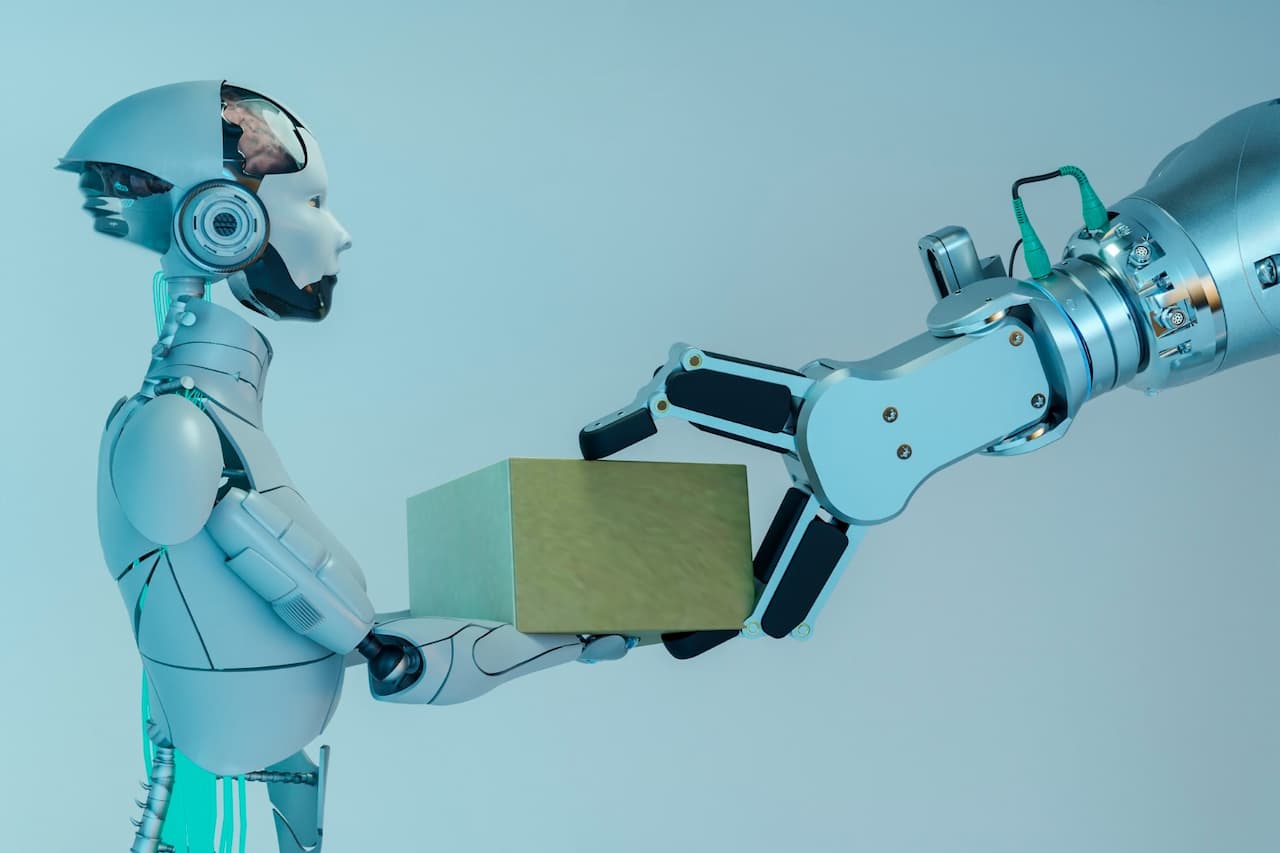Innovations Unveiled: The State of Robotics Today

In a world where innovation is the driving force, there’s one technological frontier that consistently captivates our imagination—robotics. From our homes to outer space, from healthcare to autonomous vehicles, robots are reshaping the landscape of our daily lives. So, let’s embark on a journey to explore the state of robotics today, unveiling the remarkable innovations and challenges it brings.
Introduction to Robotics
Defining Robotics
Before we dive into the future, let’s define our subject. Robotics is the branch of technology that deals with the design, construction, operation, and application of robots. These robots, in essence, are intelligent machines capable of performing tasks autonomously or semi-autonomously.
The Evolution of Robotics
Robotics isn’t a recent phenomenon. It has a rich history that dates back centuries. From ancient automatons to the Industrial Revolution’s mechanized contraptions, the evolution of robotics has been nothing short of extraordinary. But what sets today’s robots apart is their ability to learn, adapt, and interact with the world around them.
Robotics in Everyday Life
Robotics at Home
Remember when having a robot vacuum on your floors was something straight out of science fiction? Well, today, it’s as common as a microwave in many households. Robotic vacuums, lawnmowers, and even pet companions are all part of our daily lives, making chores easier and more convenient.
Robotics in Healthcare
The healthcare industry has also embraced robotics with open arms. Surgical robots, for instance, assist surgeons with unparalleled precision, minimizing risks and recovery time. Robotics is transforming healthcare delivery, making it not just efficient but also accessible.
The Key Players
Leading Companies in Robotics
Names like Boston Dynamics, SoftBank Robotics, and Tesla are now synonymous with cutting-edge robotics. These companies are pioneering the development of robots for various applications, from advanced AI companions to self-driving cars.
Pioneering Researchers
Behind these companies are brilliant researchers pushing the boundaries of what’s possible. Visionaries like Dr. Cynthia Breazeal, who founded Jibo, the social robot, or Dr. Rodney Brooks, co-founder of Rethink Robotics, are leading the charge.
Cutting-Edge Applications
Robotics in Space Exploration
The vast expanse of space is a realm where humans cannot easily tread. This is where robotic explorers like the Mars rovers come into play. These machines have unveiled the mysteries of distant planets and continue to fuel our curiosity about the universe.
Autonomous Vehicles
Self-driving cars, once only found in science fiction, are now a reality. The integration of AI and robotics into vehicles is set to revolutionize transportation by reducing accidents, congestion, and emissions.
Challenges and Ethical Considerations
Job Displacement
While the advent of robots brings forth promises of heightened efficiency and convenience, it simultaneously sparks apprehensions regarding potential job displacement. This prompts us to ponder: in an era where robots exhibit swifter and more precise task execution, what will the composition of the future workforce resemble? How will humans adapt and evolve alongside these technological advancements? These are pivotal questions that compel us to envision a landscape where humans and robots harmoniously coexist, each contributing their unique strengths and capabilities to propel society forward.
Ethical Dilemmas
As robots become more intelligent, ethical dilemmas arise. Should a robot prioritize human safety over its owner’s? How do we ensure that AI-driven robots make morally sound decisions?
AI and Machine Learning Integration
The Role of AI in Robotics
Artificial Intelligence (AI) plays a pivotal role in the evolution of robotics. It empowers robots with the ability to learn, adapt, and make decisions, making them more versatile and capable.
Machine Learning Advancements
Machine learning, a subset of AI, has made remarkable strides. Robots can now recognize patterns, process vast amounts of data, and continuously improve their performance. This dynamic learning sets the stage for more sophisticated applications.
Robotics and the Environment
Sustainable Robotics
The environmental impact of robotics cannot be ignored. As robots become more prevalent, there is a growing focus on sustainability. Eco-friendly materials, energy-efficient designs, and recycling practices are becoming key considerations in the development of robots.
Environmental Impact
On the flip side, robotics also contributes to environmental conservation. Robots are being deployed to clean oceans, monitor wildlife, and mitigate pollution, creating positive change in the environment.
Future Prospects
Robotics in Industry 4.0
Industry 4.0, the fourth industrial revolution, is characterized by automation, data exchange, and smart manufacturing. Robotics is at the forefront of this revolution, transforming industries and economies worldwide.
The Road Ahead
The future of robotics holds exciting possibilities. We can anticipate robots working alongside humans, pushing the boundaries of what’s achievable, and contributing to solutions for some of our world’s most pressing challenges.
Conclusion
The state of robotics today is a testament to human ingenuity and our relentless pursuit of progress. From our homes to outer space, from healthcare to industry, robots have found their place and are here to stay. As we navigate the complexities of job displacement and ethical considerations, we also embrace the extraordinary promise of AI and machine learning integration, ensuring a brighter, more sustainable future. In this rapidly evolving landscape, one thing is certain: the world of robotics is only beginning to unveil its true potential.